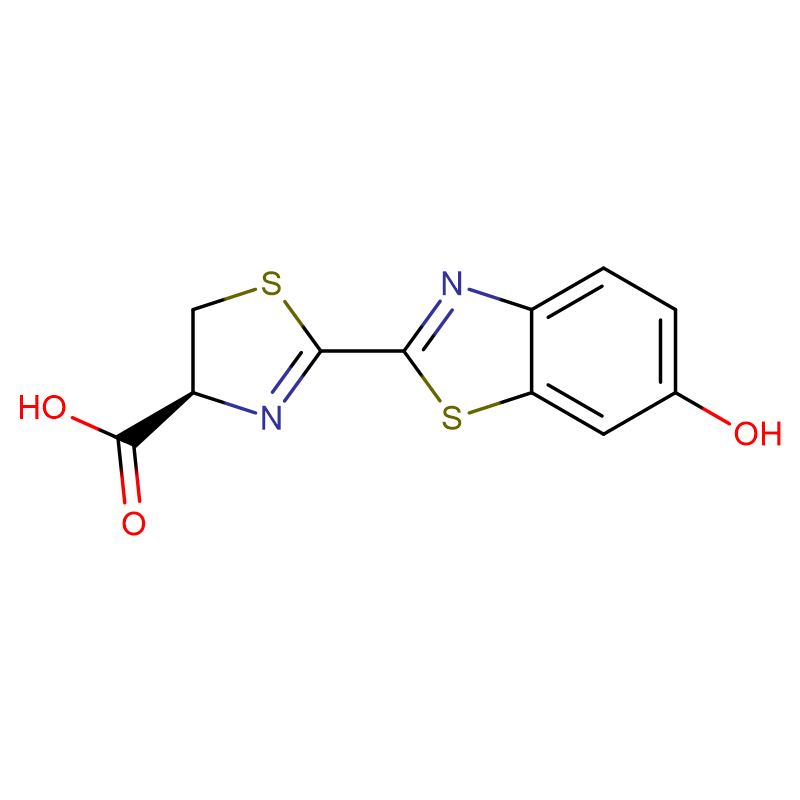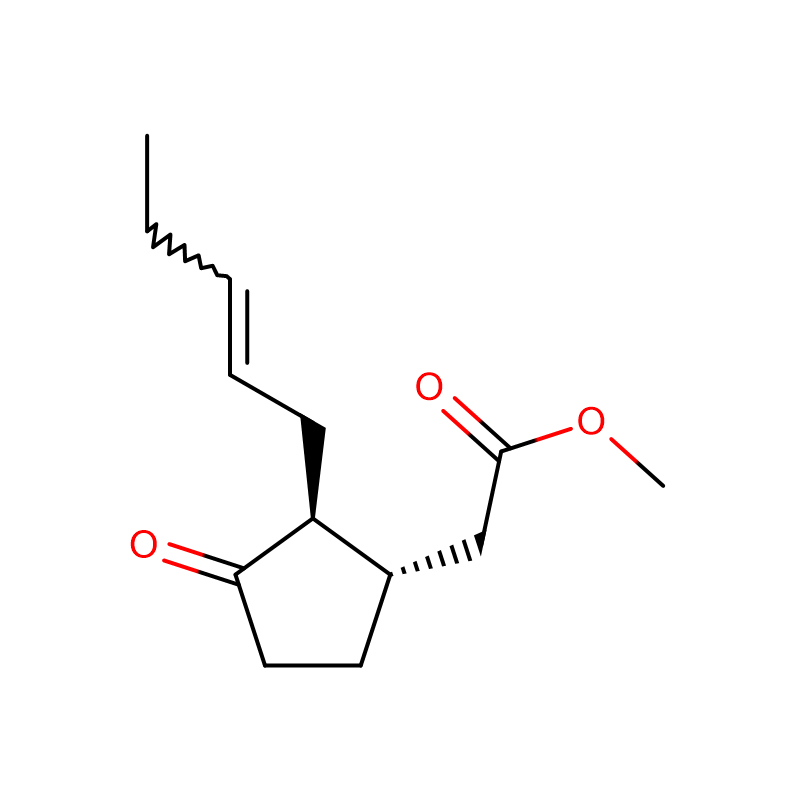D-Luciferin Cas: 2591-17-5 99% Off-white to yellow powder nbsp BEETLE LUCIFERIN
| Catalog Number | XD90248 |
| Product Name | D-Luciferin |
|
CAS |
2591-17-5 |
|
Molecular Formula |
C11H8N2O3S2 |
|
Molecular Weight |
280.323 |
| Storage Details | -15 to -20 °C |
|
Harmonized Tariff Code |
29342080 |
Product Specification
| Water Content | Max. 2.0% |
| Turbidity | Max 2.0 NTU |
| Specific optical rotation | -36 to -32 |
| Appearance | Off-white to yellow powder |
| Purity HPLC | Min 99% |
| Molar extinction coefficient |
min 17900 L/(mol cm) |
Introduction: D-luciferin is a substrate for adenosine triphosphate (ATP)-dependent bioluminescence reaction. The principle of bioluminescence is that luciferin is oxidized by luciferase in the presence of ATP and oxygen. The chemical reaction formula is as follows: ATP+D-Luciferin+O2→Oxyluciferin+AMP+PPi+O2+Light.
Mechanism of action: The mechanism of action of D-luciferin is that under the action of ATP and luciferase, luciferin (substrate) can be oxidized to emit light. When luciferin is in excess, the number of photons produced is positively correlated with the concentration of luciferase.
Application: D-luciferin is a substrate for adenosine triphosphate (ATP)-dependent bioluminescence reactions. The bioluminescence reaction of luciferin/luciferase is often used for the detection of ATP, metabolites that can be converted into ATP (such as AMP, ADP, cAMP), and enzymes that can generate ATP (such as creatine kinase, etc.), so the bioluminescence reaction can be used. Applicable to the detection of a wide range of biological materials.
Biological Activity: D-Luciferin (Firefly luciferin) is a popular substrate for bioluminescence in the presence of ATP for use in luciferase-based bioluminescence imaging and cell-based high-throughput screening.
In vitro studies: D-luciferin reacts with luciferase, ATP and oxygen to emit light, which is detected by sensitive photographic film to visualize alkaline phosphatase-bound antibodies.
In vivo studies: use of D-luciferin substrates and firefly luciferase preserves tumor-host immune interactions in an immunocompetent mouse model with ovarian cancer, as bioluminescence programs are more sensitive to tumor growth than body weight gain instructions.








